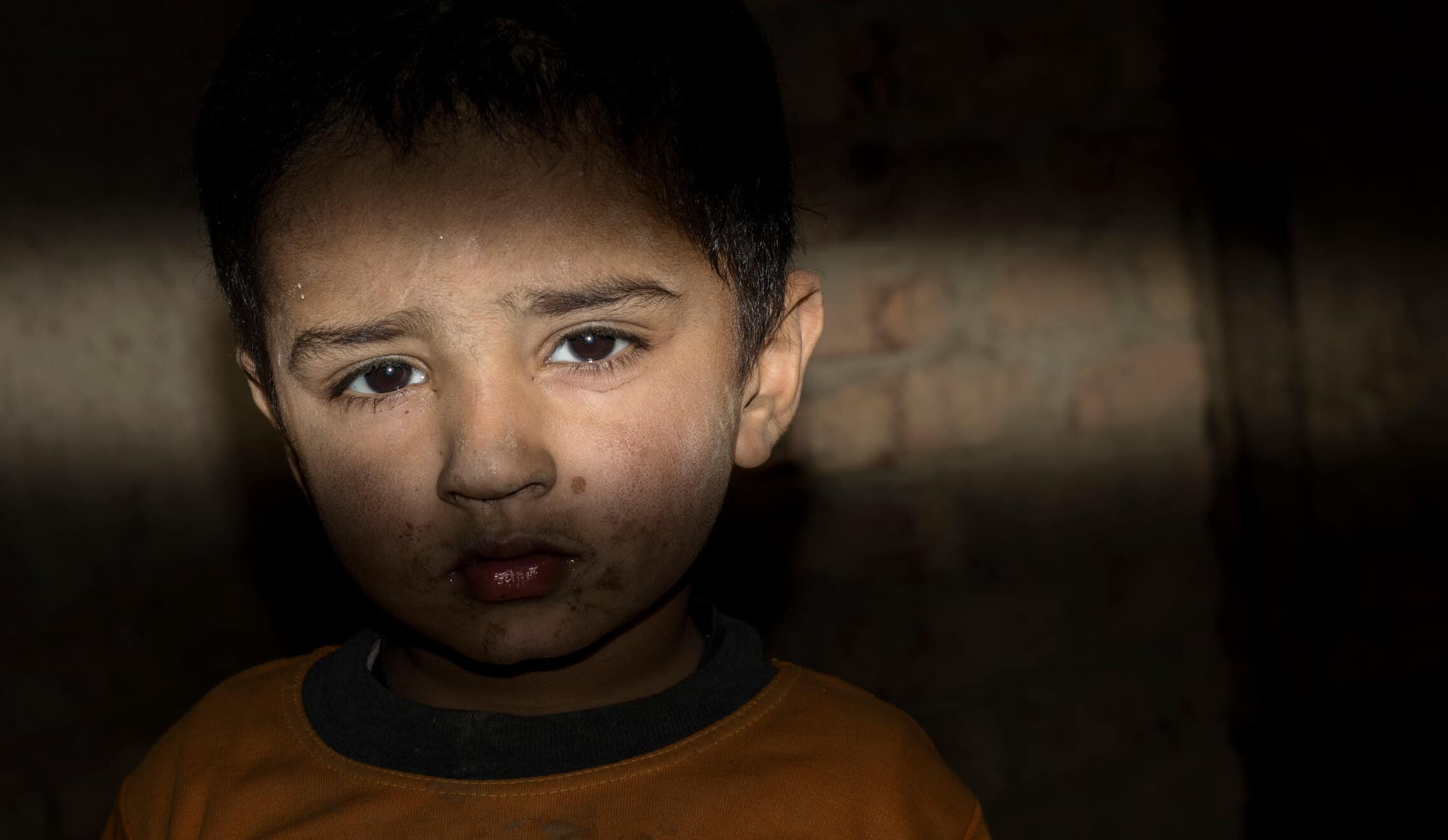Epiphany, also called Feast of the Epiphany, Theophany, or Three Kings’ Day, (from Greek epiphaneia, “manifestation”), occurs on January 6, 12 days after Christmas. The Catholic Church moves the celebration of the feast to the closest Sunday as to give more weight to the feast. Epiphany commemorates the first manifestation of Jesus Christ to the Gentiles, represented by the Magi. Epiphany is one of the three principal and oldest festival days of the Christian church (the other two are Easter and Christmas). Roman Catholics, Lutherans, Anglicans, and other Western churches observe the feast on January 6, while some Eastern Orthodox churches celebrate Epiphany on January 19, since their Christmas Eve falls on January 6.
In Mexico, Epiphany is known as ‘El Dia de los Reyes’ (the day of The Three Kings), and is celebrated in the family on January 6. Children usually write a letter to the Kings, naming the gifts they would like. On the night of January 5th, children leave one of their shoes outside the door along with grass and water for the camels. The next day, children wake up to numerous gifts left by the three kings or the “reyes magos”.
One of the most important elements of “Día de los Reyes” is the “Rosca de Reyes”, or the Wreath of the Kings. A large, oval-shaped cake filled with sweetened dried fruit, the Kings Cake symbolizes a crown. A small white figurine representing Baby Jesus is hidden inside the cake, commemorating the hiding of Jesus from Herod. Whoever gets the slice with the figurine has to host a party on February 2nd or “Día de la Candelaria” (specifically in Mexico, the family gets together on “Día de la Candelaria” for a tamale dinner, the person who found the baby Jesus figurine in the rosca has to buy the tamales).
Obtained from https://www.ccvichapel.org/post/january-6-6-enero
On the header, set of Three Kings from the town of Morovis, Puerto Rico. It was probably crafted in the late 1800s. The set is currently on display in the exhibition, Many Voices, One Nation.









0 Comments